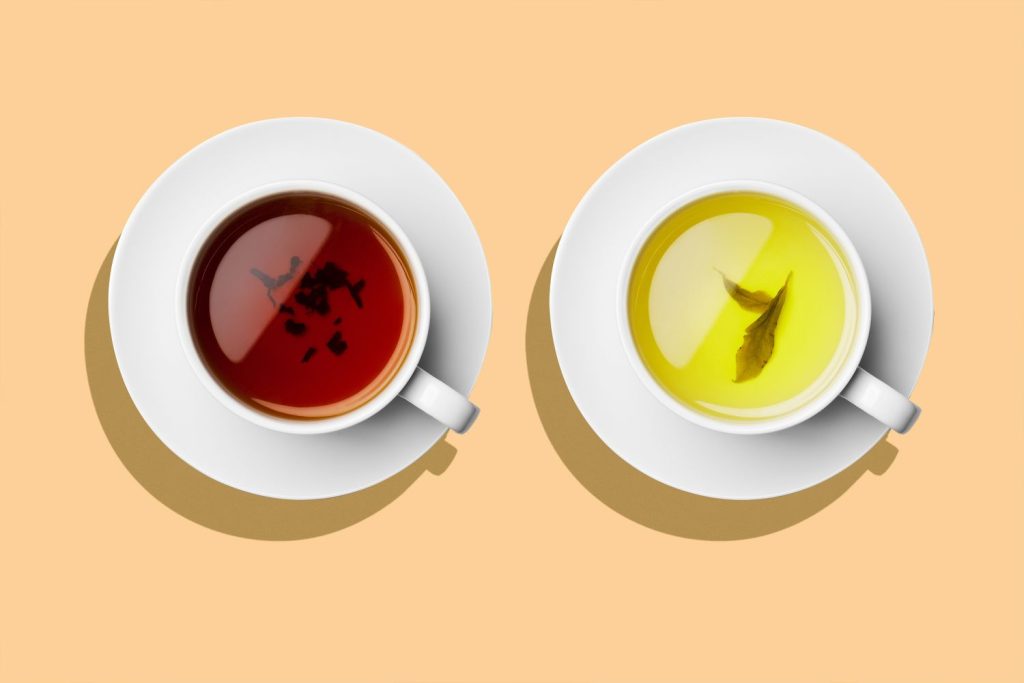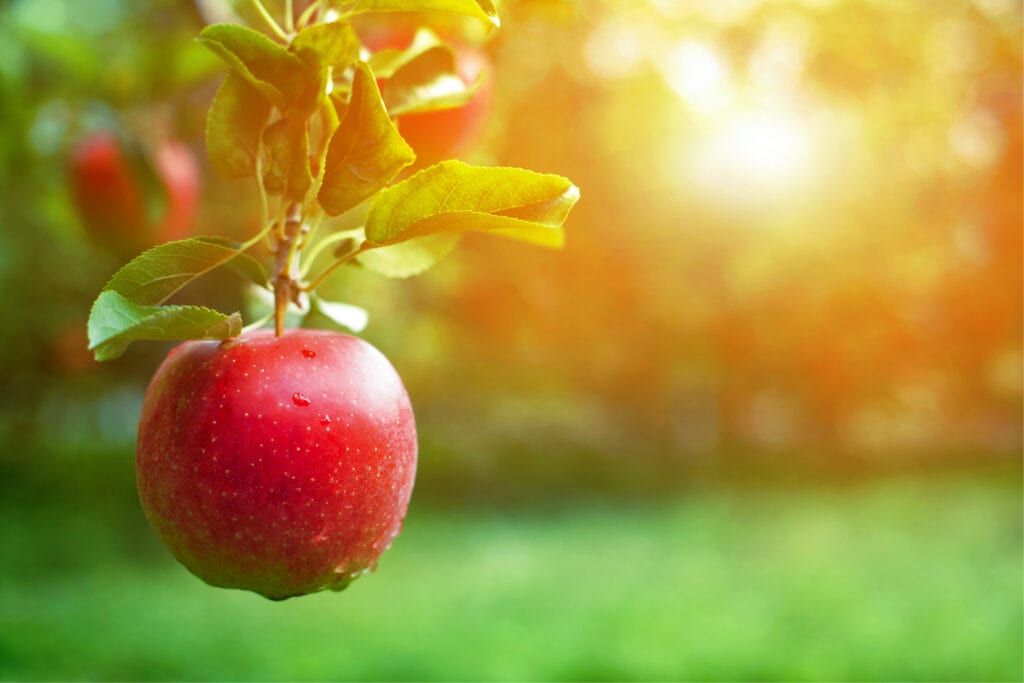Aspect Details
1.Origin Country China
2.Earliest Record 2737 BCE, attributed to Chinese Emperor Shen Nong
3.Types of Tea Green Tea, Black Tea, Oolong Tea, White Tea, Herbal Tea (Tisanes)
4.Key Health Benefits Antioxidants, heart health, mental alertness, weight management
5.Cultural Significance China (tea ceremonies), Japan (matcha, chanoyu), United Kingdom (afternoon tea), Middle East (hospitality)
6.Popular Variants Matcha (Japan), Chai (India), Bubble Tea (Taiwan), Cold Brew Tea (global)
7.Brewing Tips Green Tea (170-185°F, 2-3 min), Black Tea (200-212°F, 3-5 min), Herbal Tea (longer steeping times)
8.Serving Methods Plain, with milk, honey, lemon, or sugar
9.Global Spread From China to Japan, India, Europe, and worldwide through trade
10.Notable Innovations Matcha, Bubble Tea, Cold Brew Tea
what is tea in short detailes
Tea is a popular beverage made from the Camellia sinensis plant, originating in China over 4,000 years ago. It comes in various types like green, black, oolong, and white tea, each offering unique flavors and health benefits. Rich in antioxidants, tea is enjoyed worldwide and holds cultural significance in many countries.
Types of Tea and benefits
Tea is primarily categorized based on the processing of the tea leaves, and each type has its unique flavor and characteristics.
Green Tea:
Processing: Green tea leaves are lightly steamed or pan-fired soon after harvest, preserving their green color and fresh flavor.
Flavor: It has a fresh, slightly grassy taste.
Health Benefits: High in antioxidants like catechins, which may help in weight loss, improve brain function, and lower the risk of cancer.
Black Tea:
Processing: Black tea leaves are fully oxidized, giving them a dark color and rich flavor.
Flavor: Bold, robust, and often malty or sweet.
Health Benefits: Contains flavonoids that support heart health and may reduce the risk of stroke.
Oolong Tea:
Processing: Oolong tea is partially oxidized, falling between green and black tea in terms of flavor and oxidation.
Flavor: A complex flavor that can be floral, fruity, or earthy.
Health Benefits: Known for boosting metabolism and aiding in fat burning.
White Tea:
Processing: White tea is the least processed, made from young tea leaves or buds.
Flavor: Delicate, light, and slightly sweet.
Health Benefits: High in antioxidants, particularly catechins, which help protect against inflammation and cardiovascular disease.
Herbal Tea (Tisanes):
Processing: Not made from tea leaves but from herbs, spices, flowers, and fruits.
Flavor: Varies widely depending on ingredients; can be sweet, spicy, floral, or fruity.
Health Benefits: Depending on the herbs used, herbal teas can help with digestion, relaxation, and boosting immunity.

2 .Cultural Significance
Asia:
China: The birthplace of tea, with a tea culture that dates back thousands of years. Tea ceremonies are an important cultural practice, with different teas served in specific ways.
Japan: Known for its elaborate tea ceremonies (chanoyu), particularly involving matcha, a powdered green tea.
India: The largest producer of black tea, especially Assam and Darjeeling. Chai, a spiced tea, is a staple in Indian households.
United Kingdom:
Tea is a central part of British culture, with afternoon tea being a long-standing tradition involving tea, sandwiches, and pastries.
Middle East:
Tea, especially black tea with sugar, is a social beverage often served to guests as a sign of hospitality.
3.Health Benefits
Rich in Antioxidants: Tea is packed with antioxidants like flavonoids and catechins, which help combat free radicals in the body.
Heart Health: Regular consumption of tea, especially green and black, is linked to a lower risk of heart disease.
Mental Alertness: The caffeine and L-theanine in tea improve focus and mental clarity without the jittery effect often associated with coffee.
Weight Management: Certain teas, like green and oolong, can boost metabolism and aid in fat loss.
4 .Preparation and Enjoyment
Brewing Tips:
1. Use fresh, cold water and avoid over-boiling to prevent flat-tasting tea.
2. Brew green tea at lower temperatures (around 170-185°F) for 2-3 minutes, and black tea at higher temperatures (200-212°F) for 3-5 minutes.
3. Herbal teas often require longer steeping times.
Serving:
Tea can be enjoyed plain or with additions like milk, honey, lemon, or sugar, depending on the type of tea and personal preference.
5. Innovations and Trends
Matcha: A powdered green tea from Japan, known for its vibrant color and concentrated health benefits, has become a global trend.
Bubble Tea: Originating from Taiwan, this tea-based drink with tapioca pearls has become popular worldwide, particularly among younger generations.
Cold Brew Tea: Gaining popularity for its smooth flavor, cold brew tea is made by steeping tea leaves in cold water for several hours.
tea Which country is it from?
Tea originated in China. The history of tea dates back over 4,000 years, with the earliest records of tea consumption found in ancient Chinese texts. According to legend, tea was discovered by the Chinese Emperor Shen Nong in 2737 BCE when leaves from a wild tea tree accidentally blew into his pot of boiling water.
He found the resulting infusion refreshing, and thus, tea became a popular beverage in China.From China, tea spread to other parts of Asia, including Japan and India, and eventually made its way to Europe and the rest of the world through trade. Today, tea is a global beverage with significant cultural importance in many countries.
Conclusion
Tea is more than just a beverage; it’s a global cultural phenomenon with deep historical roots and a wide range of flavors and health benefits. Whether you enjoy it hot or cold, sweetened or plain, there’s a type of tea for everyone to enjoy.

